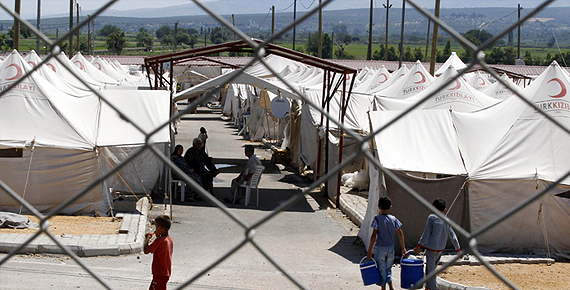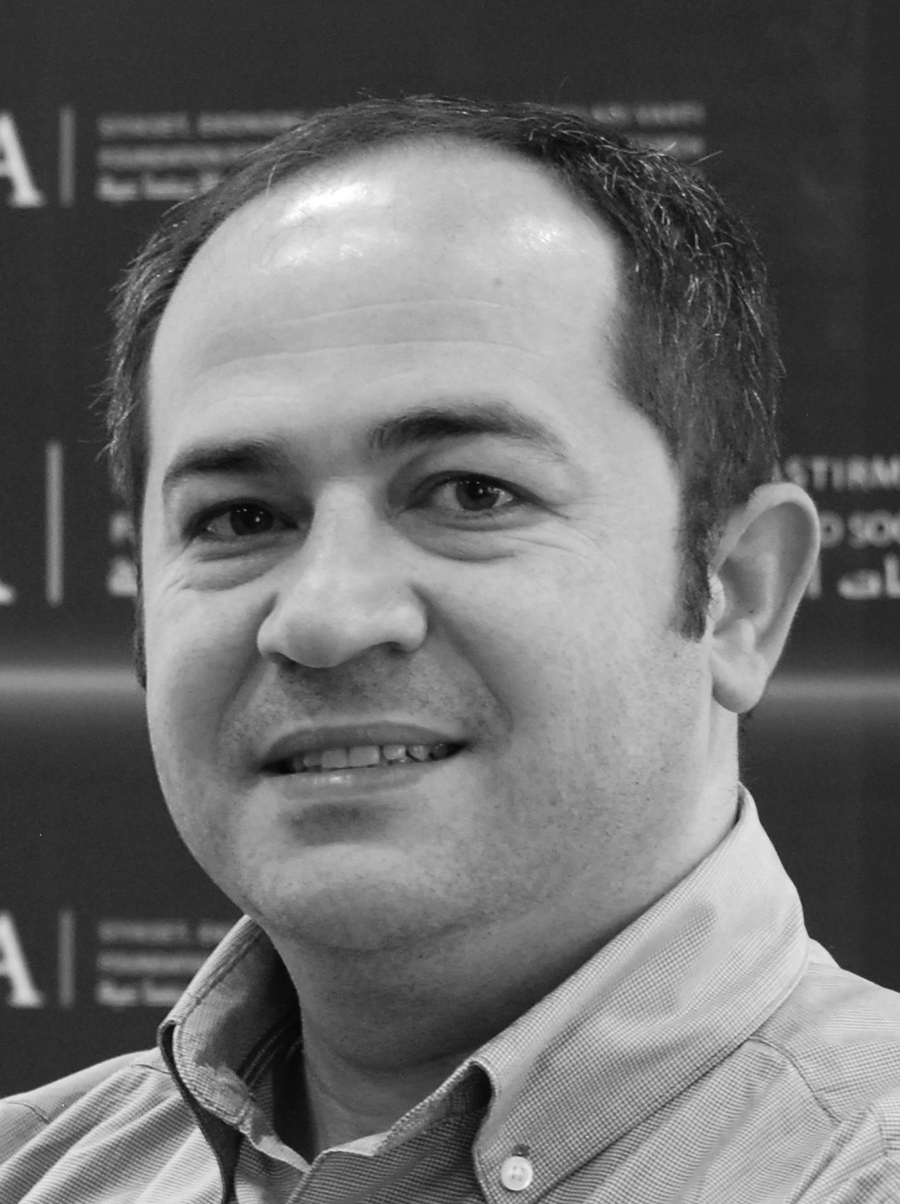Turkey’s Syrian policy has been widely discussed from the perspective of the refugees in Hatay. Each and every day the national media broadcasts stories that problematize Turkey’s Syrian policy and practices towards Syrian refugees, reporting on the problems these refugees in Hatay experience. These broadcasts simultaneously dwell on a number of issues that should be differentiated in order to get the whole picture. It is therefore necessary to divide these issues—which are inattentively or deliberately broadcasted under the same headlines—at least into three categories to clearly understand what really happens in Hatay or what is the real intention behind these reports.
Before dividing these issues into three categories one must draw attention to the fact that it is Turkey’s humanitarian and moral responsibility to welcome Syrian refugees regardless of its Syria policy due to its shared border. Turkey keeps its doors open to Syrians who have fled the tyranny of Assad, just like it opened its borders to five hundred thousand peshmergas who escaped the tyranny of Saddam in 1991. Most of these refugees were forced to flee their country, leaving behind their dead, injured, or disappeared family members and all their assets. They consist mostly of women, children and the elderly. Those who were well-off until very recently now have to eat soldiers’ meals in tent cities. Hatay is a city where around 30,000 refugees stop before being transferred elsewhere; around 10,000 refugees live in tent cities and around 3,000 Syrian citizens enter the country as tourists and live in city-district centers and villages. The number of Syrians who rent houses in Hatay is relatively higher than those who live in tent cities because there are strong family and trade relations between Hatay and Syria dating back to the pre-war period. It is better to bear in mind the facts of this tragedy and Turkey’s conscientious responsibility while evaluating news about refugees in Hatay.
HATAY REALITY
A considerable amount of news about the refugee problems in Hatay can be categorized under the heading “social conflicts stemming from cultural differences.” One must highlight that many problems that Syrian refugees face or create during their daily life while receiving health services, doing shopping, or in transportation result primarily from disturbances based on cultural differences such as clothing, food, culture, etc. These incidents occur between local officials and refugees living in the camps and sometimes between local people and Syrians who have residence permits.
The media coverage of such incidents constitutes an example of public responsibility as long as it reports only concrete cases in Hatay. These stories will leave both refugees and local people in peace as long as they encourage the government and local officials to take measures to minimize problems stemming from social conflict.
HATAY FICTION
The second category of the news about Hatay relates to claims which address society’s ideological and political prejudices which intentionally or unintentionally run the risk of damaging social peace. What characterizes this type of news is that it portrays Syrian refugees as trouble makers with malicious intentions, ignoring that Syrian refugees seek refuge in Turkey due to the tragedy they witnessed in their own country. These stories describe refugees sometimes as hooligans who threaten the peace and safety of people living in Hatay (for example depicting them as people who steal or cheat) and sometimes as fundamentalists (with a long beard, short moustache or in burqa).
Some other stories claim that al-Qaida militants freely wander around in Hatay streets and pose a threat to citizens in Hatay (for instance under the headlines “Hatay will become Peshawar” and “Global jihadists are in Hatay”). Here one must note that almost all of the reporters use such statements as “it is argued that,” &ld


